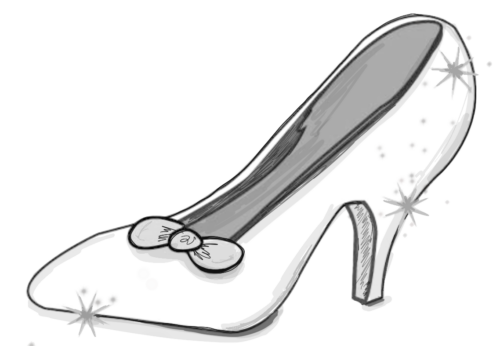As the first week of classes concluded, many Harvard students made their way to the Agassiz Theater to experience the magic of a night at the opera. The original “Cendrillon,” a Cinderella story and French opera, was composed by Jules Massenet from 1894-1896 before its premiere in the National Opera-Comique in Paris in 1899, with a libretto by French dramatist Henri Caïn and director Albert Carré. Inspired by this powerful narrative, director Eliza Zangerl ’26 and music director Danilo Thurber ’25 helped bring the Harvard College Opera’s adaptation of “Cendrillon” to life on Jan. 29.
Eliza Zangerl ’26 described Massenet and Caïn’s work as “transgressing expectations” by presenting a tale of mature sadness—specifically for the missed opportunity at love—in a story for children. Many of us learned the story of “Cinderella” through the 1950 Disney animated film. Fans of this classic will appreciate familiar elements of the fairy tale while finding the differences between the adaptations both intriguing and refreshing.
The production’s stage manager Selina Lin ’26, technical and set director Aiman Anuar ’26, and lighting designers and operators Jada Pisani Lee ’26 and Raul Bodrogean ’25 used the physical components of the stage for the Harvard adaptation of “Cendrillon” to enchant the audience and make the show come to life.
The opera opens with a spirited “presto” chorus that reflects the energy of the royal court’s preparations for the upcoming grand ball. The musical notes are joined by a layering of voices, ultimately showcasing the movement and emotions of the production’s characters for the audience. However, the tone slowly shifts as woodwinds accompany the strings in later scores, bringing viewers along as the plot evolves from optimistic to somber when Cendrillon (Cinderella), played by Ella Rescigno ’25, enters in an aria to represent the original fairy tale’s plight.
Unlike many versions of the narrative, Cendrillon’s father is alive and part of the story. Pandolfe, played by Jonas Iskander ’25, is a newly married widower and father who laments not having more control over his household in comparison to his new wife, Madame de la Haltière. He also regretfully watches his daughter suffer at the hands of his wife. Madame de la Haltière, played by Evelyn Carr ’25, aspires to elevate the status of her daughters, Noémie and Dorothée (Lara Tan ’27 and Alicia Chu ’28, respectively), at Cendrillion’s expense by marrying one of them off to Prince Charming.
On the night of the king’s ball, Cendrillon is awoken by La Fée, her fairy godmother, and an ensemble of spirits and elves. Tara Guetzloe’s ’26 towering high notes and powerful voice make her role as La Fée a quintessential part of the show. Cendrillon’s identity is hidden from her family and the prince at the king’s ball. In tradition with Parisian opera, Prince Charmant (Prince Charming) has a soprano voice part and is portrayed by a female actress. Leyna Blume’s ’27 delivery of a brooding prince yearning for his true love embodies the spirit of the story while keeping the audience engaged with the complex character.
An exhausted Cendrillon finally goes to sleep after a long night of house chores while her family attends the king’s ball. The passage of time is conveyed by the lights transitioning from a warm yellow glow to a magical purple hue. This sets the scene for a daydream-like sequence of dances by the spirit companions of La Fée before Cendrillon experiences a magical makeover suitable for the king’s ball.
At the end of the production, Cendrillon and the Prince get their happy ending. The music score echoes with a gleaming aria interspersed with staccato woodwind notes and adagio string patterns to commemorate the culmination of this beautiful storyline.
Apart from the interaction of the music and plot, the opera’s hand-painted backdrops immersed audience members in the story by depicting comfortable and familiar scenes of domestic life and the natural beauty of the forest. One of the most striking and memorable moments came when the stage curtains dramatically parted to reveal a grand staircase, allowing the ball attendants to descend center stage in a procession before the dance began.
Whether or not you’ve experienced opera before, this production powerfully demonstrates that opera is a genre for everyone, regardless of background or familiarity. Harvard College Opera shatters the stereotype of opera as an exclusive, elitist art form by making the performance accessible and engaging for all students. The thoughtful inclusion of two large screens with French lyrics and English translations ensures that no one feels left behind.
Every Harvard student should seize the opportunity to experience a Harvard College Opera performance before they graduate—it’s an unforgettable experience.
Adedoyin Adebayo ’26 (aadebayo@college.harvard.edu) loved Cinderella so much as a child that she owned all three movies on DVD.

